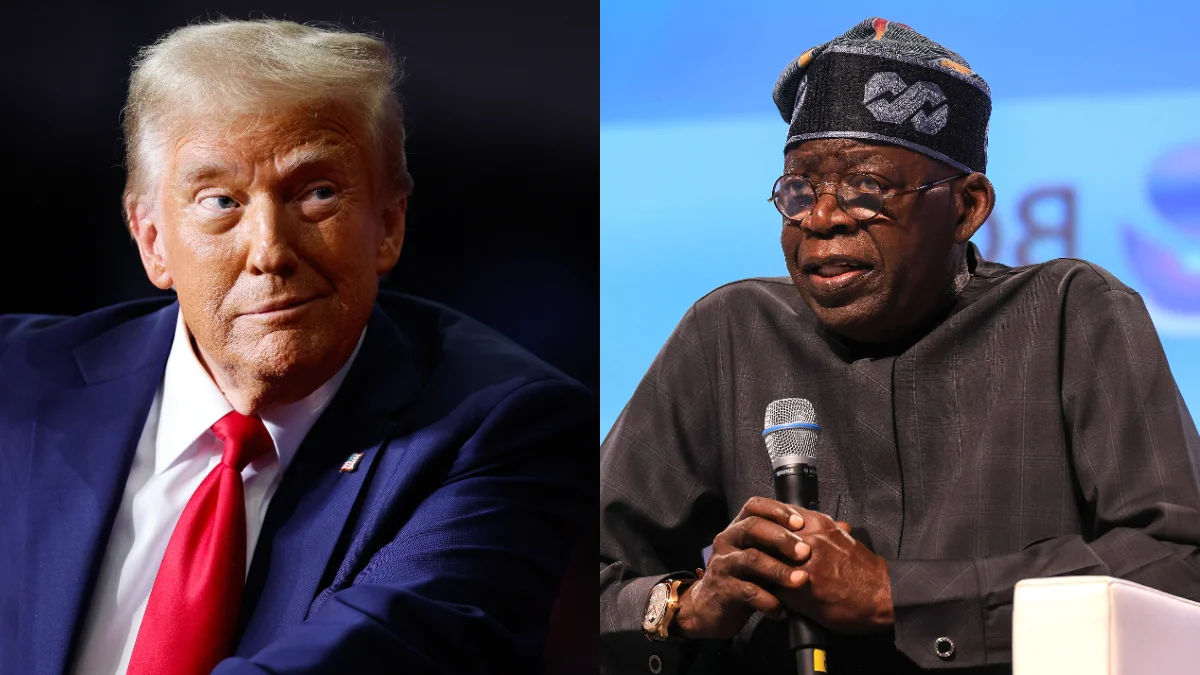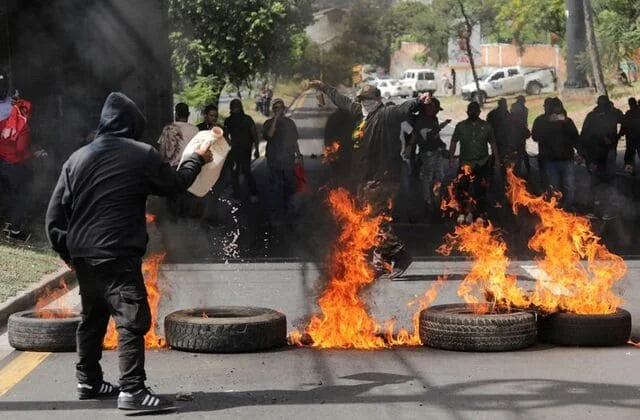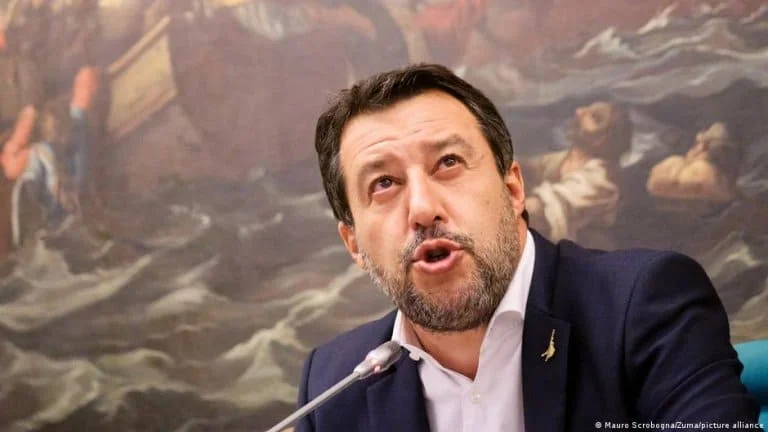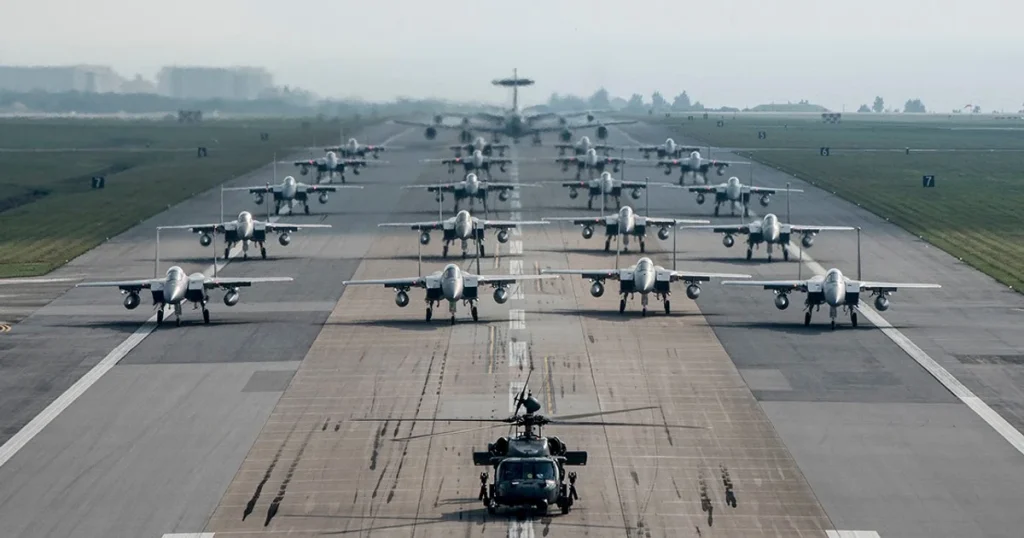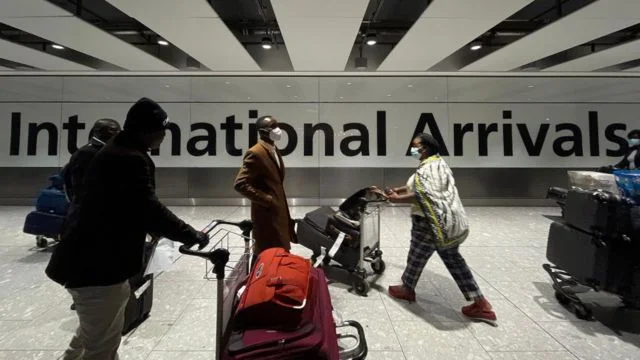President Donald Trump has reaffirmed his commitment to imposing steep tariffs on imports starting August 1, 2025, targeting countries like Japan, South Korea, Myanmar, Kazakhstan, Laos, Malaysia, and South Africa with rates of 25% to 40%.
In a social media post, Trump declared,
“All money will be due and payable starting AUGUST 1, 2025 – No extensions will be granted,”
emphasizing his push to reverse globalization and bolster U.S. manufacturing.
Details of the Tariff Announcement
Trump’s announcement, made on July 7, 2025, followed letters sent to the leaders of multiple countries, outlining new tariff rates to address trade deficits.
He described these letters as invitations to participate in the U.S. economy, claiming persistent trade imbalances stem from non-reciprocal policies.
The tariffs, initially announced in April 2025 as part of a “Liberation Day” policy, include a 10% baseline tariff on all countries, with higher rates for specific nations.
For instance, Japan and South Korea face 25% duties, while Laos and Myanmar face 40%. Trump warned that transshipped goods to evade tariffs will face the higher rates.
Economic and Political Context
The tariffs aim to reduce the U.S. trade deficit, which Trump argues has weakened manufacturing.
The policy has sparked market volatility, with stocks declining on July 7, 2025, after the letters were issued. Economists estimate the tariffs will raise household costs significantly, acting as a major tax hike.
The policy, enacted under executive authority, faces legal challenges but remains in effect pending court rulings.
Affected countries have criticized the move, with some threatening retaliatory duties on U.S. exports.
Trump’s Shifting Strategy
Despite earlier promises of negotiating numerous trade deals, Trump, on July 7, 2025, during a meeting with a foreign leader, stated he would primarily send letters dictating tariff rates.
Only a few agreements have been reached, with Vietnam and the UK securing limited deals.
Trump’s repeated deadline extensions, from April to July and now August 1, have led analysts to expect further delays, though he insists no further extensions will occur.
Global and Domestic Reactions
Global leaders have expressed concern, warning of disrupted trade relations. Domestically, lawmakers have introduced legislation to limit Trump’s tariff powers, citing economic risks.
Public sentiment on social media is mixed, with some supporting the focus on U.S. manufacturing and others warning of higher consumer prices.
Forecasts suggest the tariffs could slow global growth, with potential U.S. economic impacts looming.
Looking Ahead
With the August 1 deadline approaching, Trump’s stance signals potential economic disruption. The tariffs, affecting nearly all imports except specific trade agreement goods, could significantly raise U.S. import costs.
As negotiations falter and retaliatory measures from other nations escalate, the risk of trade conflicts grows, potentially increasing prices and disrupting supply chains for American consumers and businesses.

